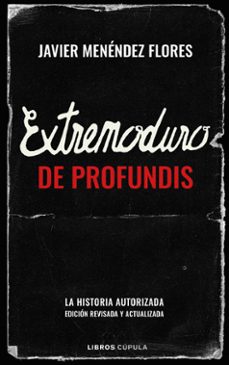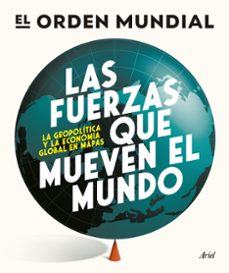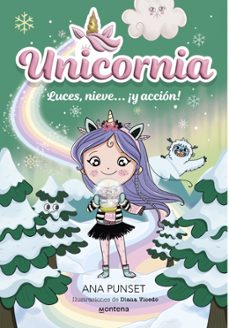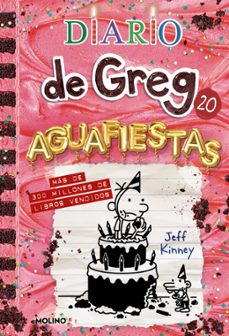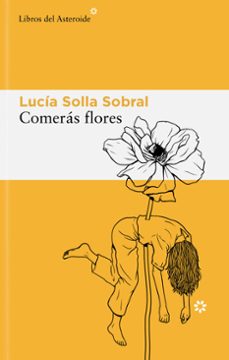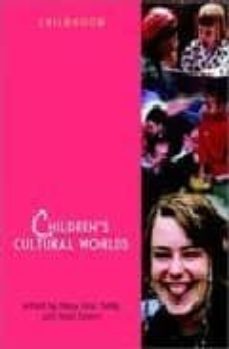Imprescindibles
Más vendidos Libros más leídos eBooks más leídos Todos los libros Todos los libros Autores destacados Series y sagas
Recomendados Libros recomendados Autores destacados Libros que inspiran Vidas con historia LGTBIQ+ English books
Ficción
Literatura Contemporánea Estudios literarios Clásicos Cuentos Poesía Teatro Libros de bolsillo Sagas literarias
Géneros literarios Novela romántica y erótica Novela negra Novela histórica Narrativa fantástica Novela de ciencia ficción Novela de terror Narrativa de humor Narrativa de viajes
No Ficción
Ciencias y tecnología Biología Ciencias Ciencias naturales Divulgación científica Informática Ingeniería Matemáticas Medicina Salud y dietas Formación Idiomas Estilo de vida Libros de Cocina Guías de viaje Narrativa de viajes Deportes Libros de Juegos Manualidades
Humanidades Autoayuda y espiritualidad Ciencias humanas Derecho Economía y Empresa Psicología y Pedagogía Filosofía Sociología Filología Biblioteconomía Estudios filológicos Estudios lingüísticos Estudios literarios Historia y crítica de la Literatura
Infantil
Juvenil
#Jóvenes lectores Narrativa juvenil Clásicos adaptados Libros Wattpad Libros Booktok Libros de influencers Libros de Youtubers Libros Spicy Juveniles Libros LGTBIQ+ Temas sociales Libros ciencia ficción Libros de acción y aventura Cómic y Manga Juvenil Cómic Juvenil Manga Shonen Manga Shojo Autores destacados Jennifer L. Armentrout Eloy Moreno Nerea Llanes Hannah Nicole Maehrer
Libros de fantasía Cozy Fantasy Dark academia Hadas y Fae Romantasy Royal Fantasy Urban Fantasy Vampiros y hombres lobo Otros Misterio y terror Cozy mistery Policiaca Spooky Terror Thriller y suspense Otros
Libros románticos y de amor Dark Romance Clean Romance Cowboy Romance Mafia y amor Romance dramatico Romance dramatico Romcom Sport Romance Otros Clichés Enemies to Lovers Friends to Lovers Hermanastros Slow Burn Fake Dating Triángulo amoroso
Cómic y Manga
Novela gráfica Novela gráfica americana Novela gráfica europea Novela gráfica de otros países Personajes, series y sagas Series y sagas Star Wars Superhéroes Cómics DC Cómics Marvel Cómics otros superhéroes Cómics Valiant
eBooks
Literatura Contemporánea Narrativa fantástica Novela de ciencia ficción Novela de terror Novela histórica Novela negra Novela romántica y erótica Juvenil Más de 13 años Más de 15 años Infantil eBooks infantiles
Humanidades Autoayuda y espiritualidad Ciencias humanas Economía y Empresa Psicología y Pedagogía Filosofía Historia Historia de España Historia Universal Arte Cine Música Historia del arte
Ciencia y tecnología Ciencias naturales Divulgación científica Medicina Salud y dietas Filología Estudios lingüísticos Estudios literarios Historia y crítica de la Literatura Estilo de vida Cocina Guías de viaje Ocio y deportes
JOAN SWANN
Recibe novedades de JOAN SWANN directamente en tu email
Filtros
Del 1 al 4 de 4
EDINBURGH UNIVERSITY PRESS 9780748607730
Tapa blanda
KEHILY, MARY JANE y SWANN, JOAN
LEA 9780470846940
This book is the third of four which form part of the Open University course, U212, "Childhood," Together they provide an undergraduate-level introduction to the interdisciplinary field of childhood and youth studies, and a framework for analyzing contemporary policy and practice in, for instance, education, health and social work. Childhood is now a global issue, forcing a reconsideration of conventional approaches to study. Childhood is also a very personal issue for each and every one of us - scholars, policy-makers, parents and children. The books encourage the reader''s active involvement, especially through the use of activities. They include children''s and parents'' voices as well academic discussion of childhood in diverse societies and points in history. Selected readings accompany the chapters to present additional perspectives. "Children''s Cultural Worlds" looks at the distinctiveness of children''s worlds by exploring their everyday activities, an exploration that ranges from young children to teenagers. Topics include: friendship and the significance of play; how children use language to construct rela tionships and identities; the role of print literature, other media, and information and communications technology in children''s lives; youth cultures; and children''s growing signficance as consumers. BRAND NEW SERIES - CHILDHOOD Childhood is a brand new series of textbooks, co-published with The Open University which represents a coherent and integrated treatment of a wide range of topics and approaches, which will have a relevance to courses in childhood studies; sociology; psychology; anthropology and cultural studies as well as education and social policy. Each volume contains original illustrations, case studies and examples collected as part of OU/BBC filming in the USA, Bangladesh and South Africa. The third volume, Children''s Cultural Worlds looks at the distinctiveness of children''s cultural worlds by exploring the everyday activities of young children through to teenagers. Topics include friendships and the significance of play, how children use language to construct relationships and identities, the role of print literature, other media and information technology in child
Ver más
Tapa blanda
Del 1 al 4 de 4

